The morning was a «party» and, therefore, there could only be «great joy» at the inauguration, this Wednesday, 12th of September, of the Conservatório de Música de Loulé, the only public school for music education in the South of the Tagus. Prime Minister António Costa did not miss the ceremony and was introduced to the renewed Solar da Música Nova, where this school will operate and the headquarters of the Sociedade Filarmónica Artistas de Minerva.
The Head of Government was accompanied on this visit by Tiago Brandão Rodrigues, Minister of Education, as well as João Costa and Alexandra Leitão, Secretaries of State for Education.
After unveiling the plaque, Costa visited the building that, on the ground and first floors, will house the Conservatory of Music. On the second floor, with entrance from the north façade on Rua do Serradinho, it will be the headquarters of the Artists of Minerva.
In the rooms, young musicians from the Conservatory, which will be called Francisco Rosado in honor of the founder of the Encontros de Música Antiga in Loulé, were already rehearsing for what was to come. Because already in this school year, which started today, specialized public music education will be taught in Loulé at the 2nd and 3rd cycles and at secondary level. The Conservatory will host, for now, 300 students from schools, not only from the city of Loulé, but from all over the county.
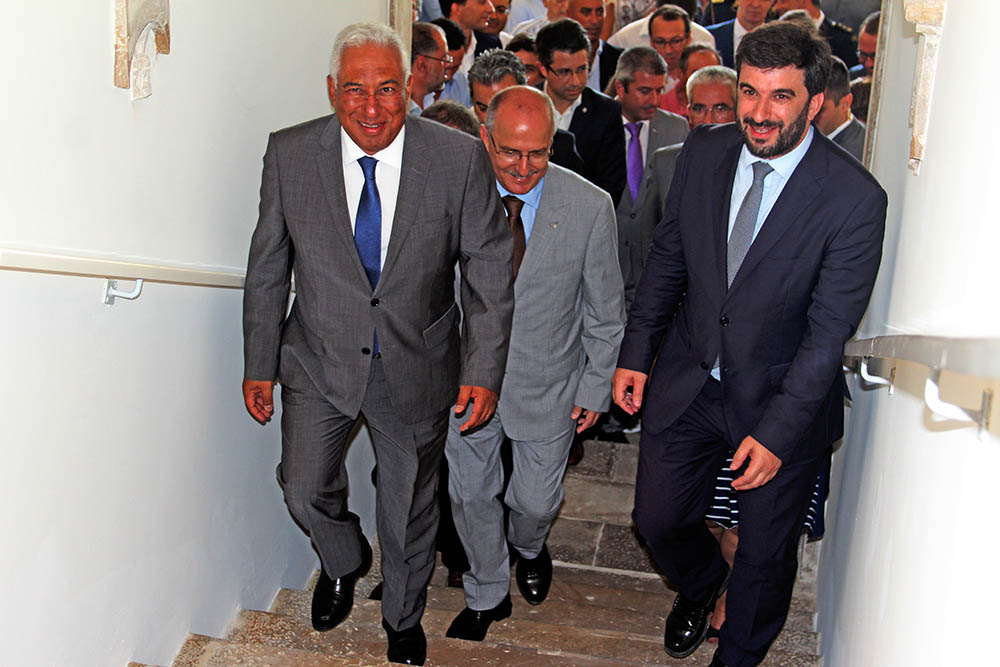
In total, there will be 15 rooms dedicated to the Conservatory, three more for the Band, in addition to a large auditorium.
“The first day of a new school year is necessarily a day of celebration and there is no celebration without music. So, nothing better than this double inauguration: the Conservatory of Music of Loulé and the new headquarters of the Sociedade Filarmónica Artistas de Minerva», said, smiling, António Costa, before a full auditorium.
For the Head of Government, this new school has a special meaning. «I am particularly pleased to be at this inauguration because, in 1971, I had the privilege of participating in the first experience of integrated artistic teaching in Portugal», he explained.
António Costa also highlighted the “role of the State”, which “is not only” that of “teaching to read and write, but also to form free citizens”.
Vítor Aleixo, mayor of Loulé, was visibly satisfied with the inauguration of the space. «I feel enormous happiness at this moment. The building was disabled, in ruins and we did the work, putting it to use», he said.
The investment, of about 2,8 million, is “expressive”, but the mayor sees the “bet on education” as a “strategic tool to pass on knowledge and knowledge”.
The works, he explained, were "made in record time", in other words "in less than six months". What is certain is that it was the autarchy that advanced with the money, while everything regarding the placement of teachers and the administrative part was the responsibility of the Ministry of Education.
For now, Manuel Rocha will head the Conservatory, being the chairman of the Provisional Administrative Commission. In his speech, the official recalled that "music is bread too", being an art that "enjoys particular privileges in people's tastes".
As it is part of public education, more than a «service provider», this school is «the holder of a mission», said the former director of the Coimbra Conservatory.
The inauguration of the only public school for teaching Music in the South of Lisbon was also seen by Brandão Rodrigues as “a good day” which was celebrated “with a great party”. This Conservatory also helps to “territorial and social cohesion”.
"May this community never let anyone with responsibilities think that the arts are lateral, because they are central," he concluded.
Until Saturday 15th September, even those who are not students will be able to take guided tours to the rehabilitated Solar da Música Nova.
Photos: Pedro Lemos | Sul Informação


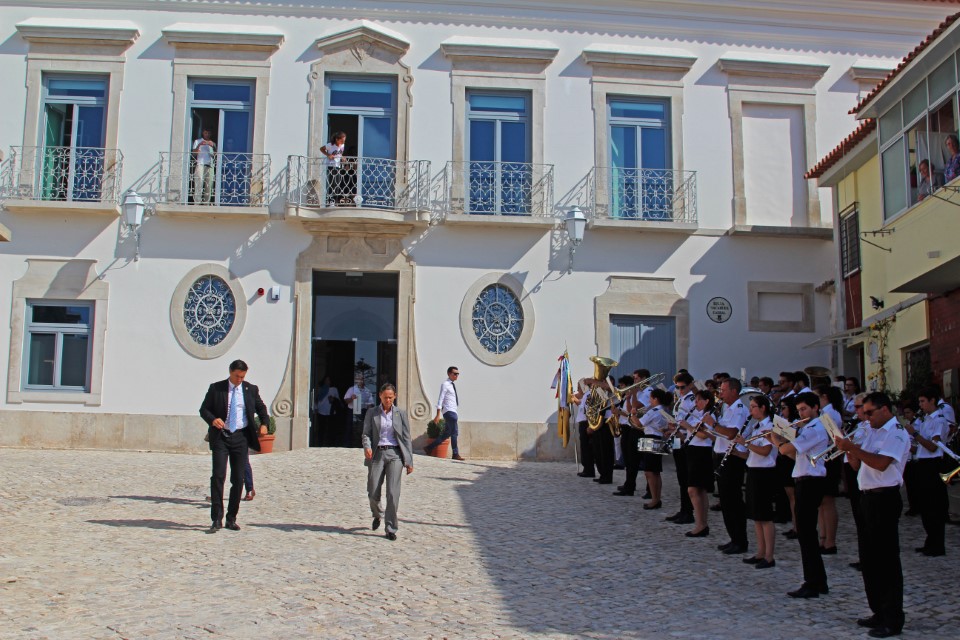
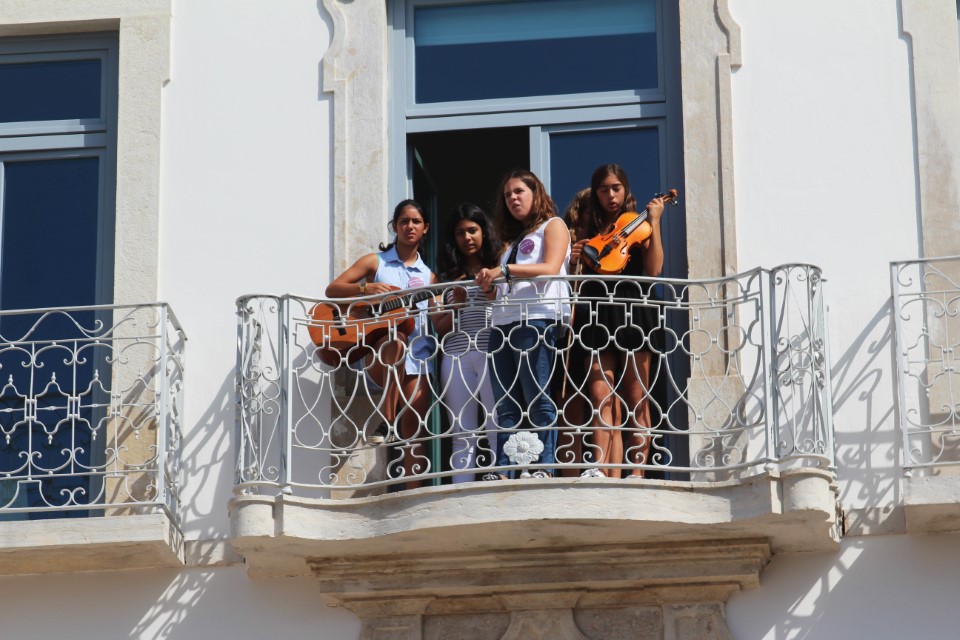
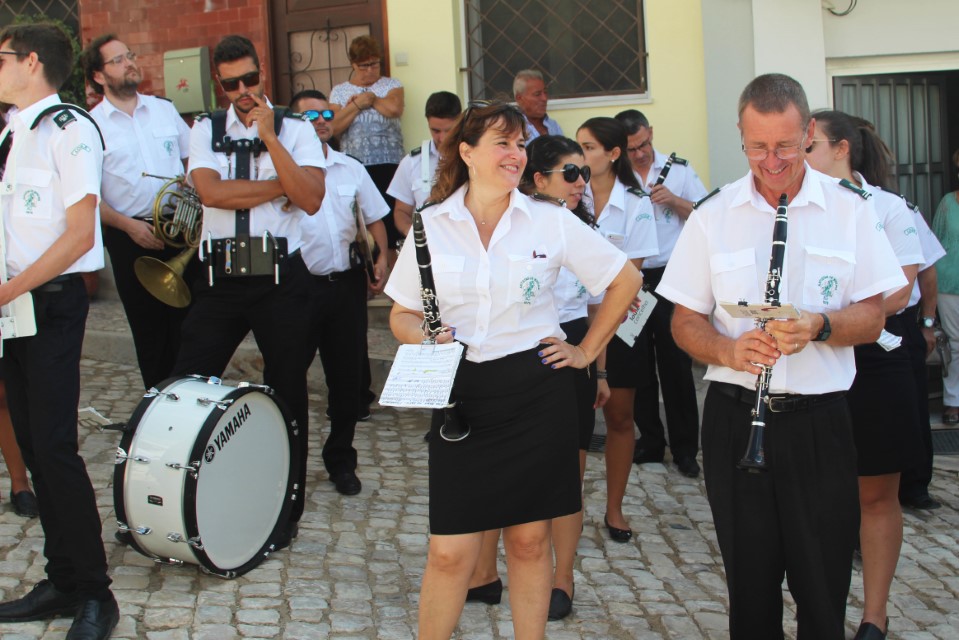
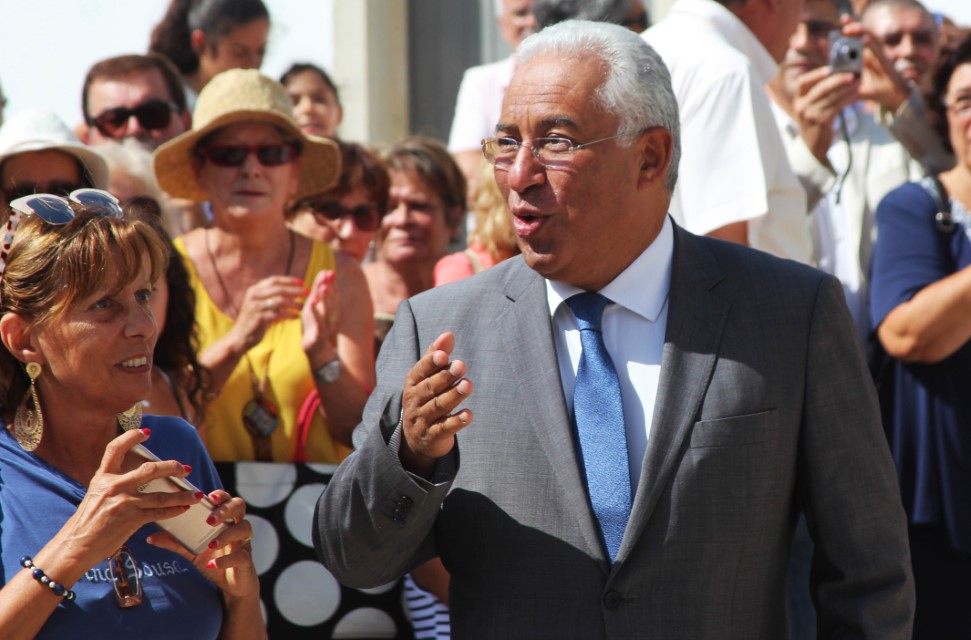
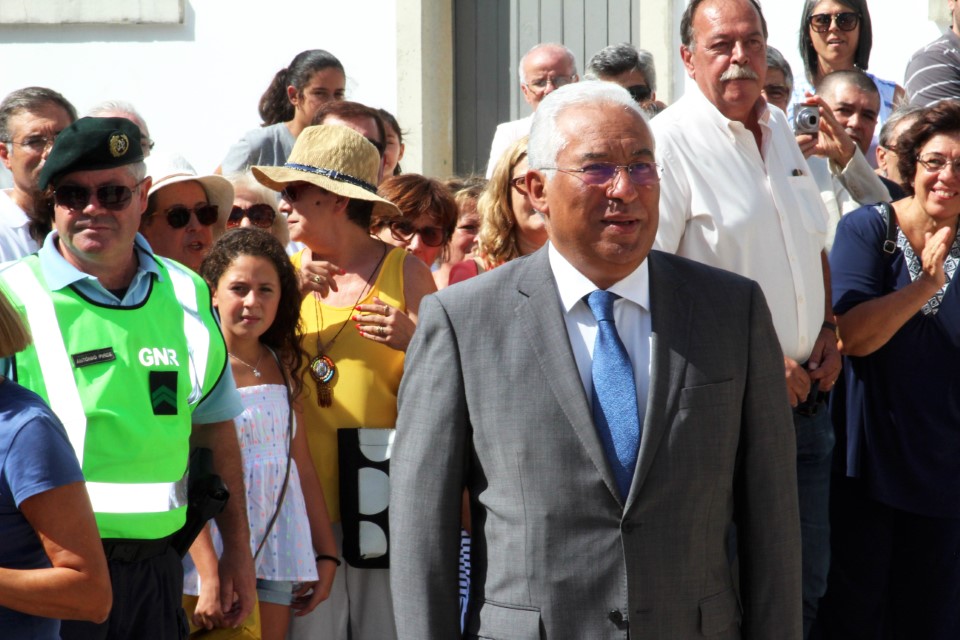
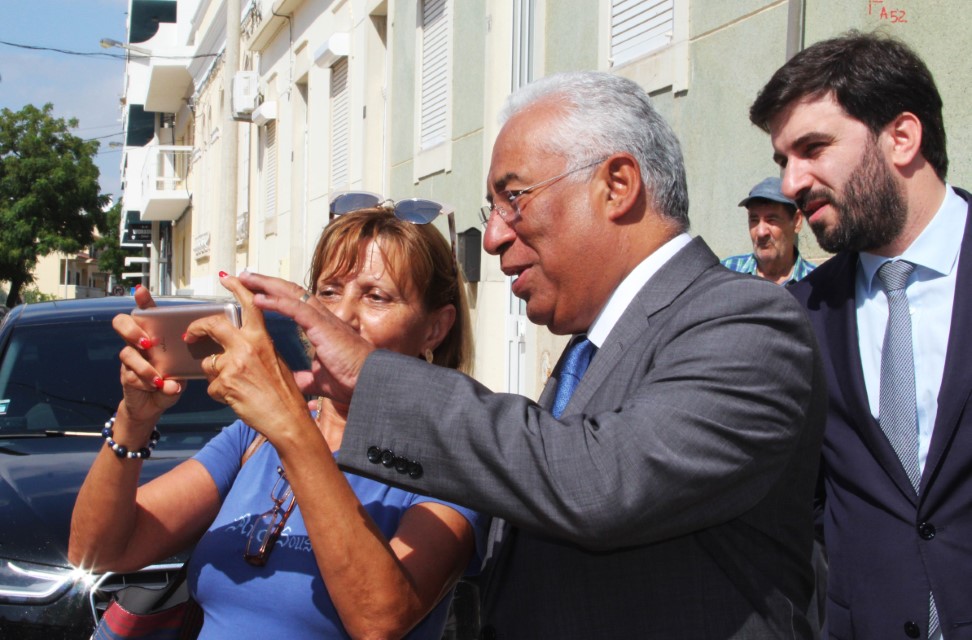
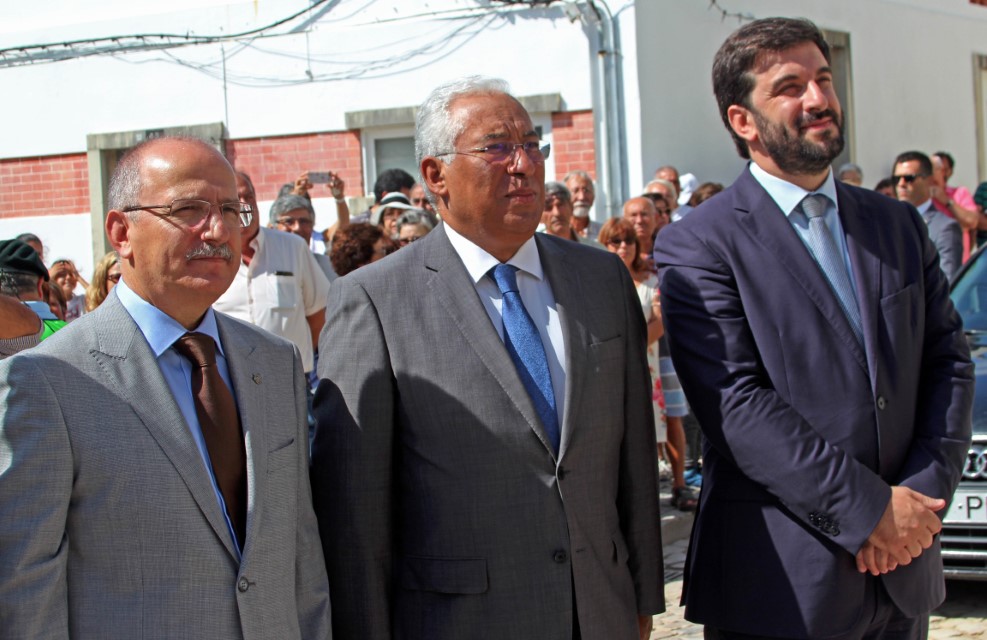
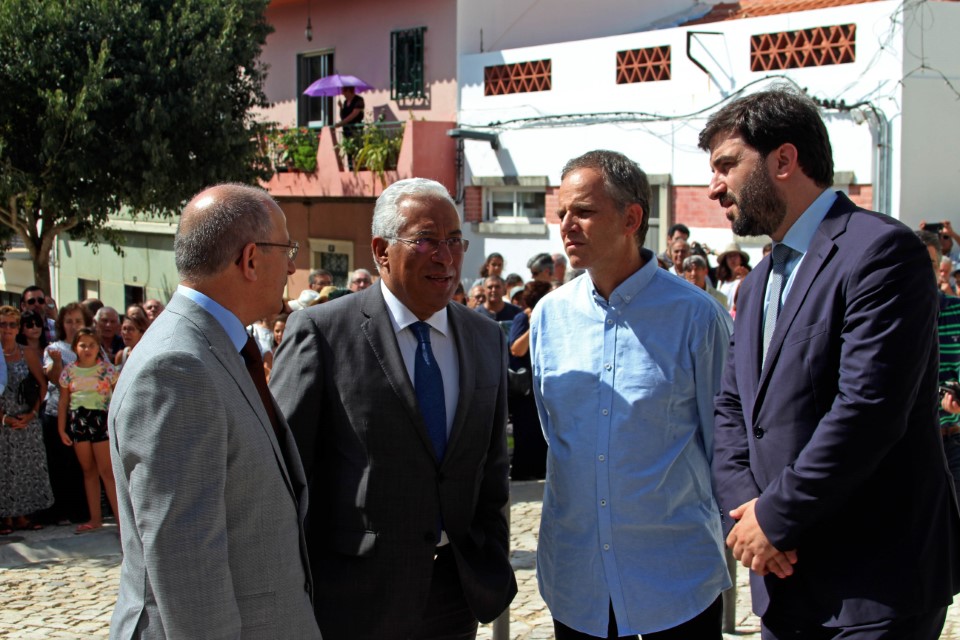
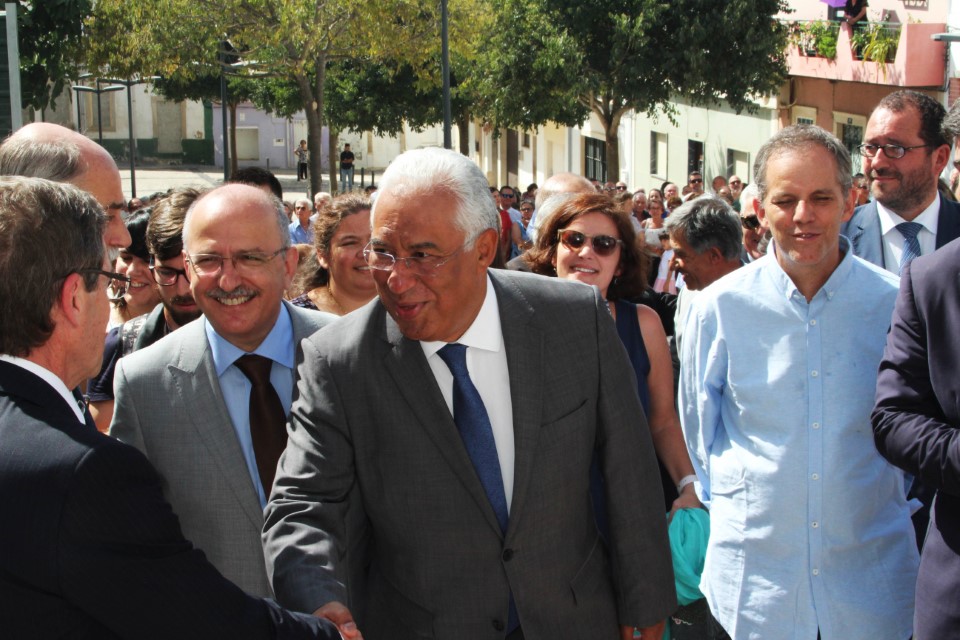
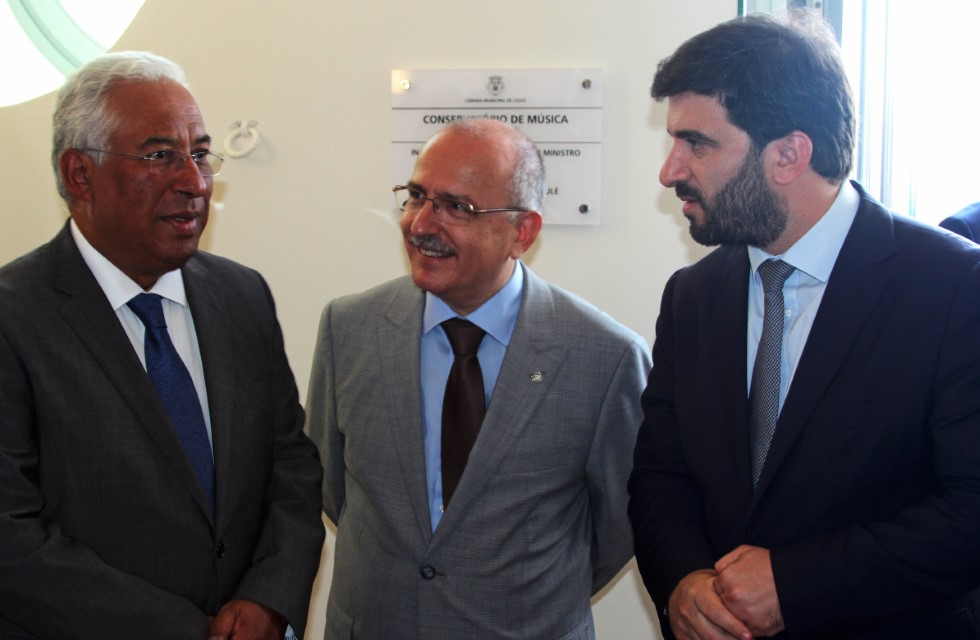
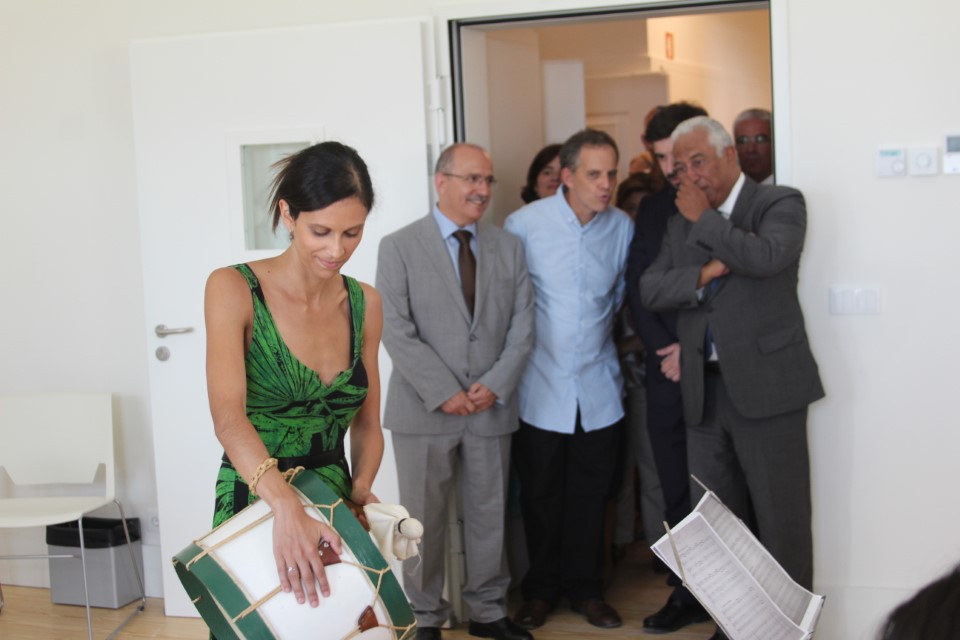
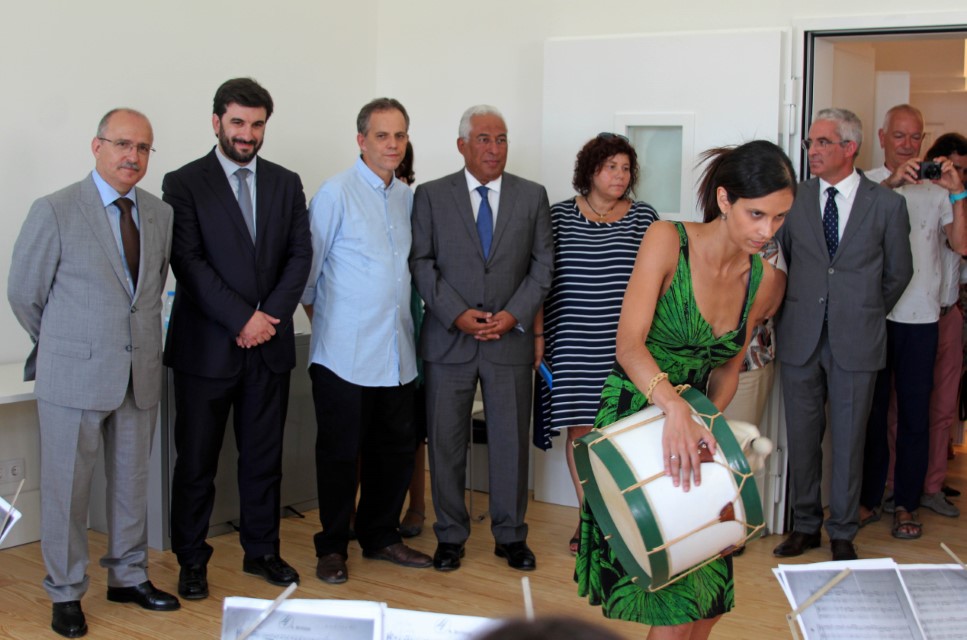
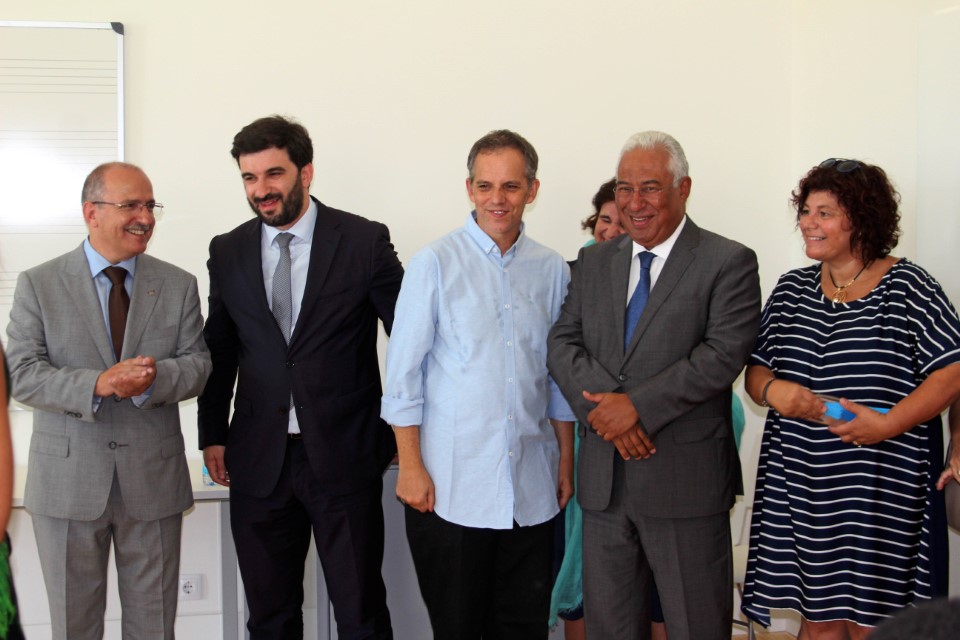
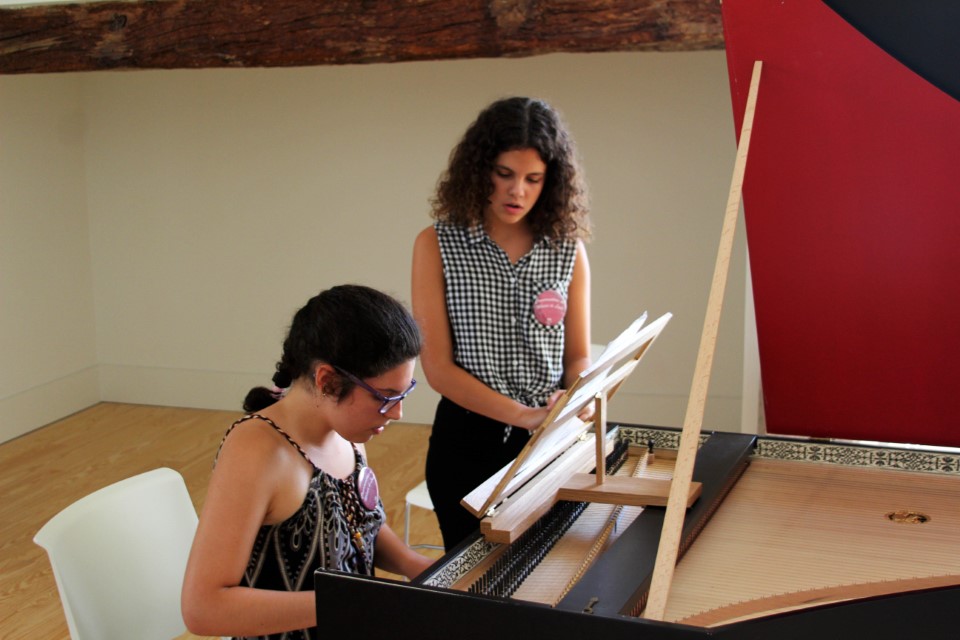
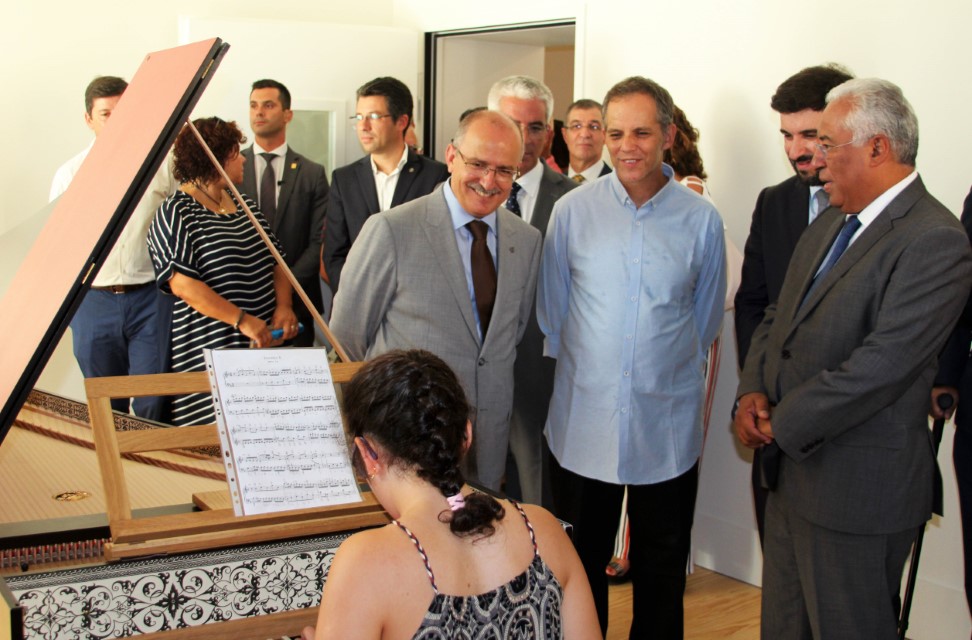
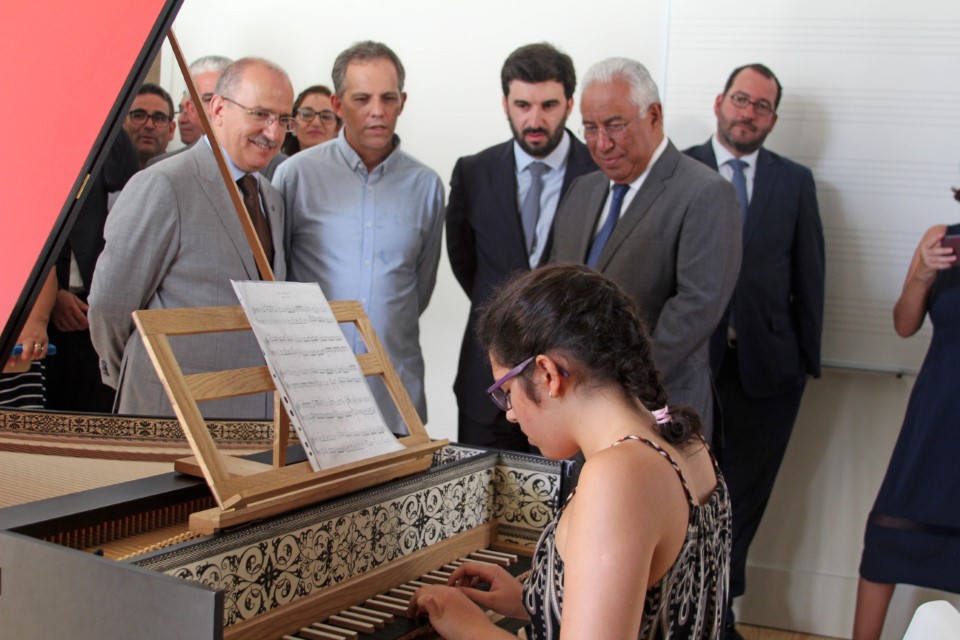
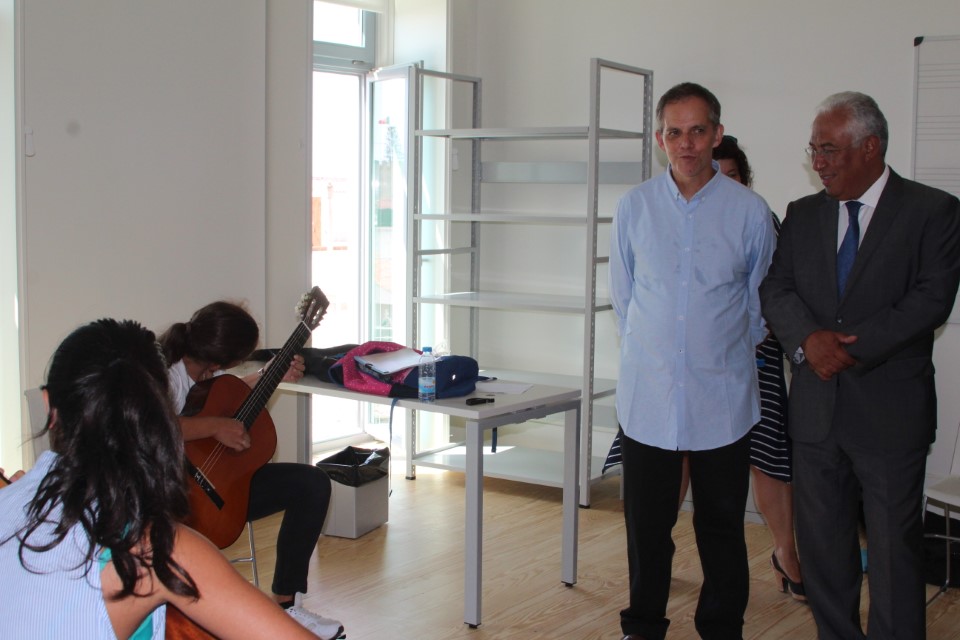
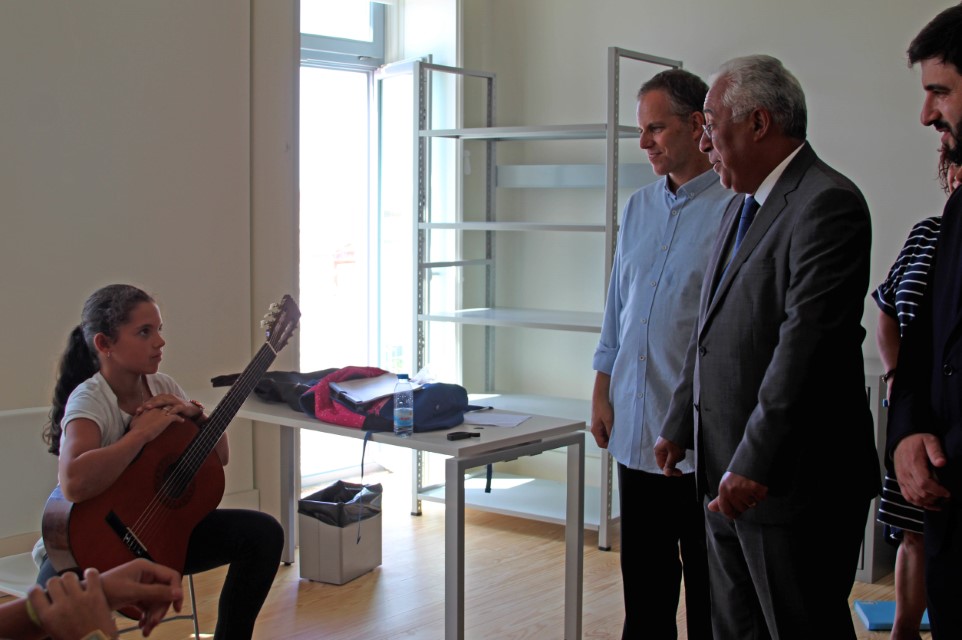
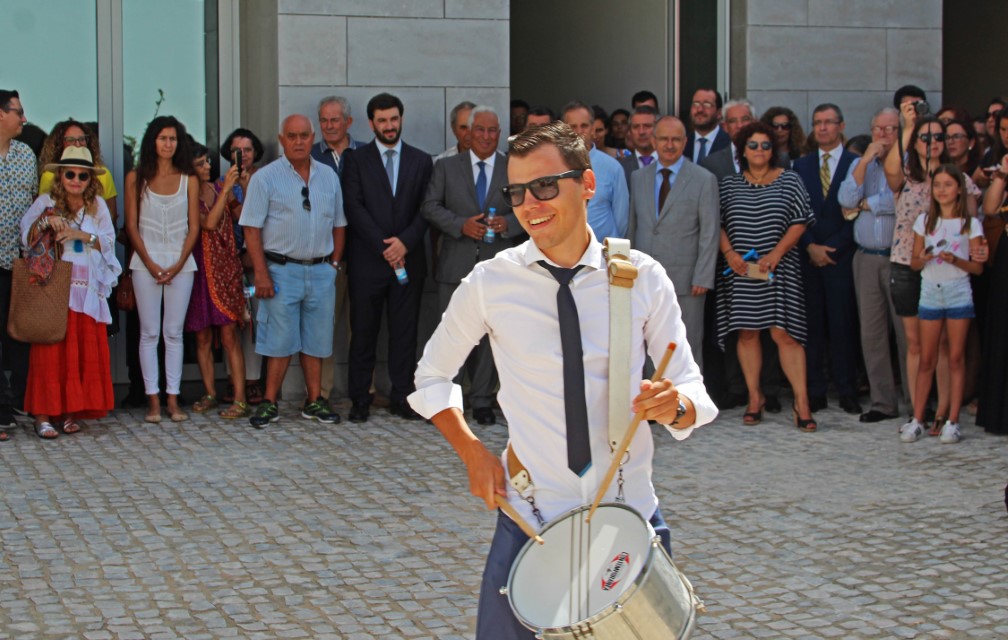
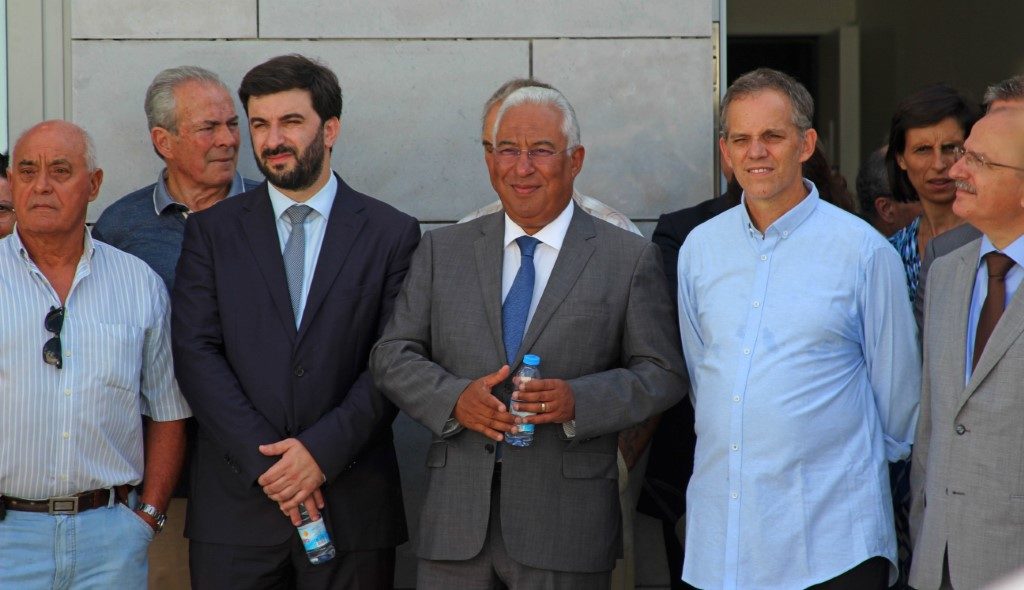
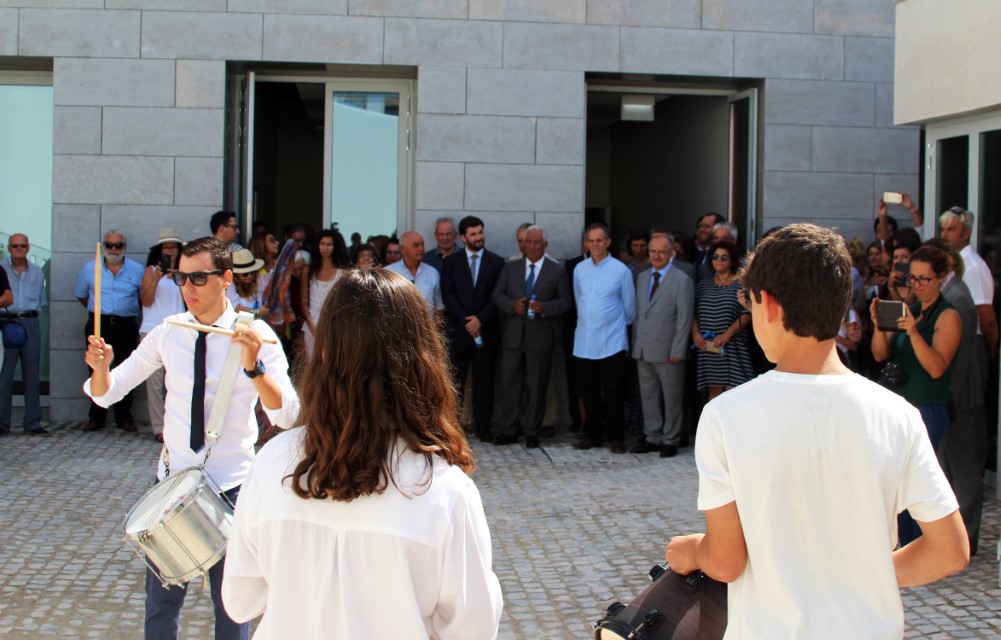
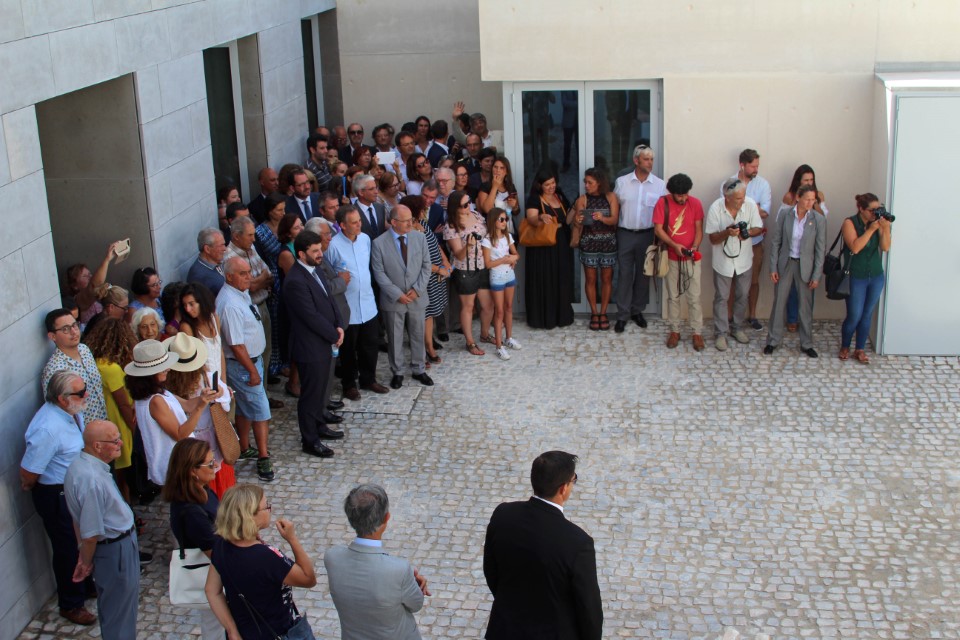
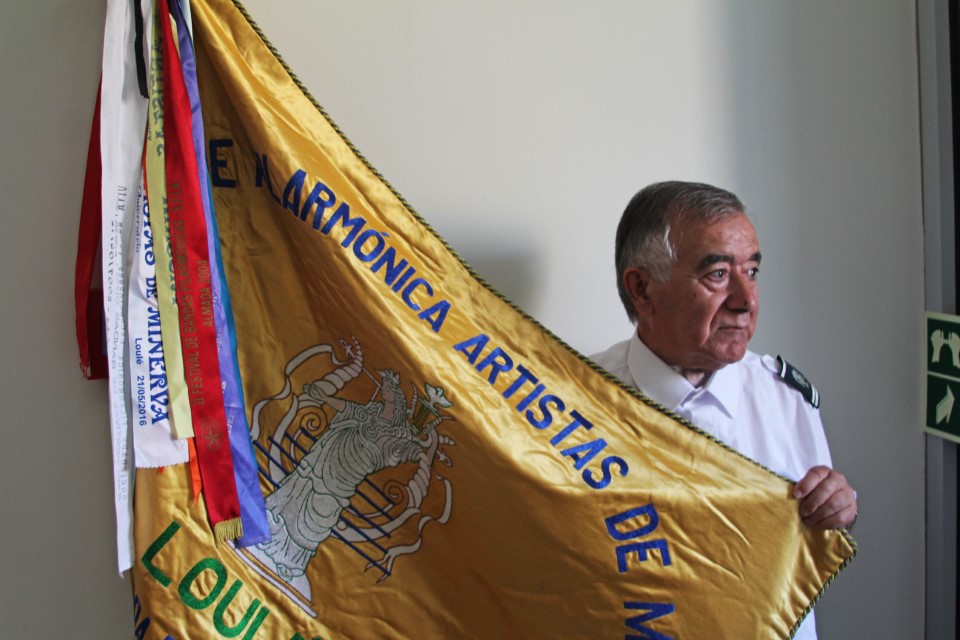
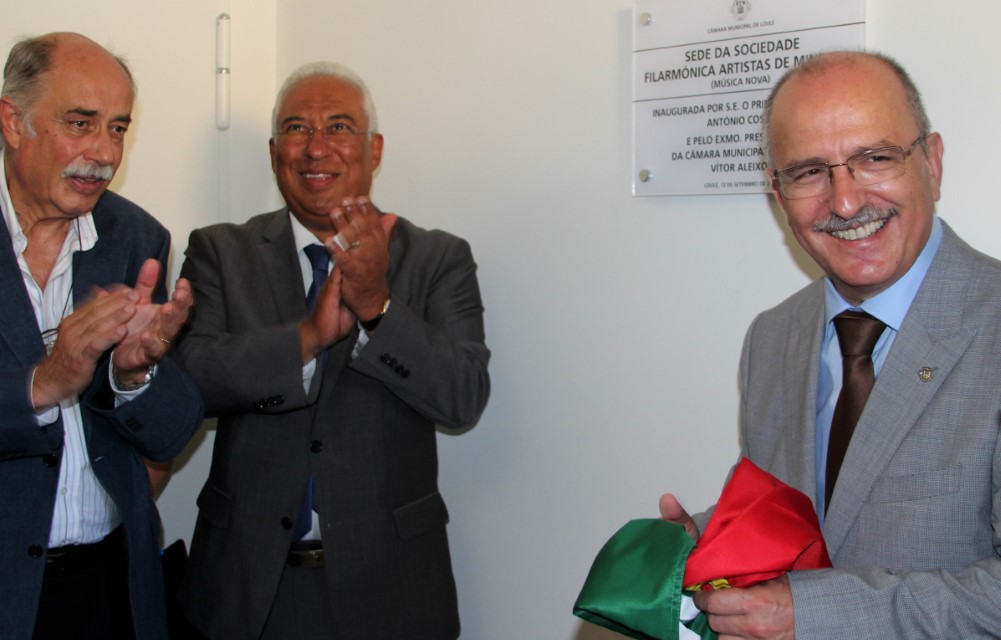
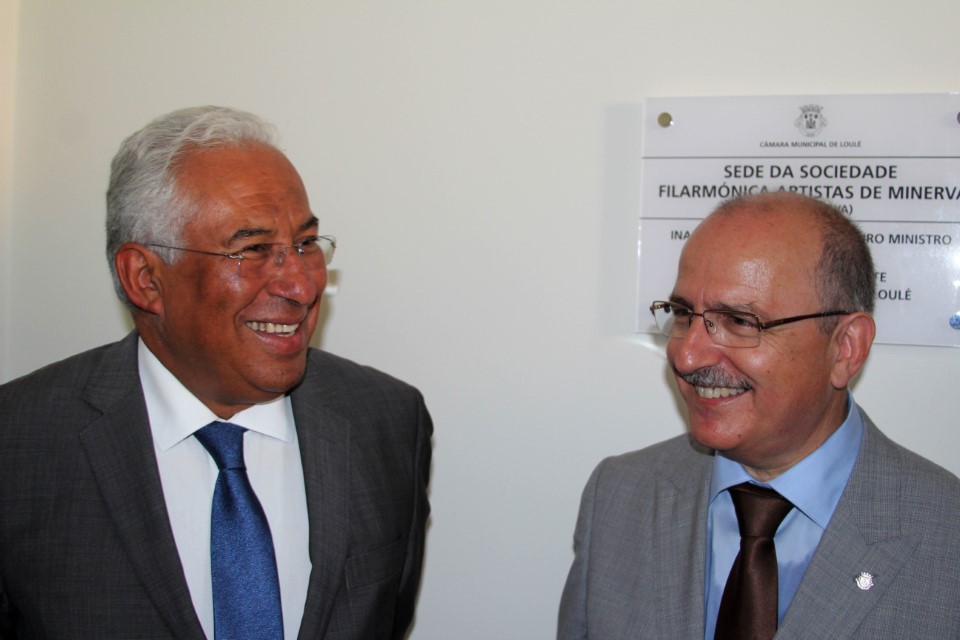
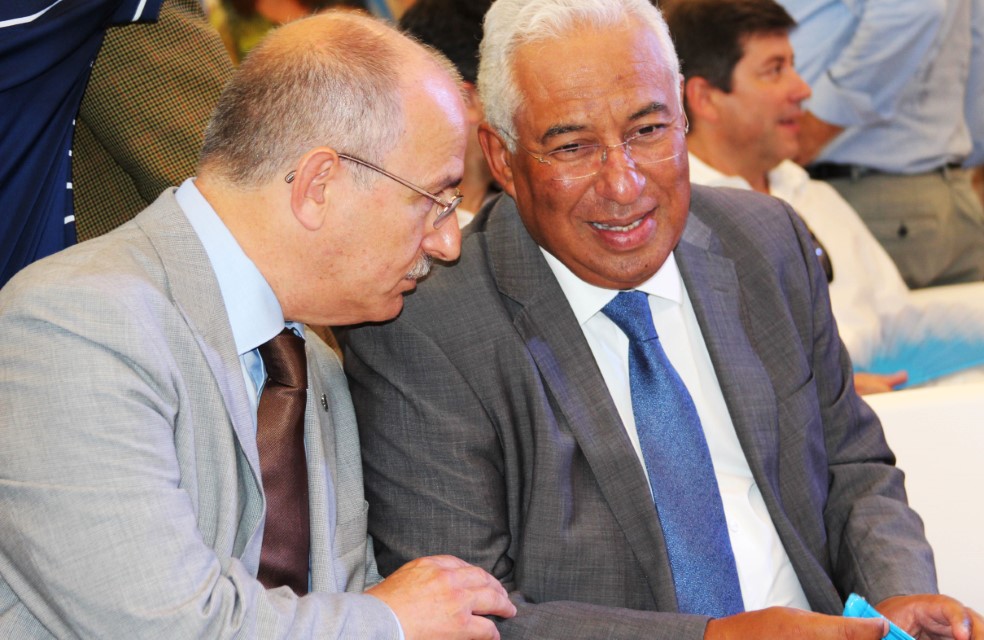
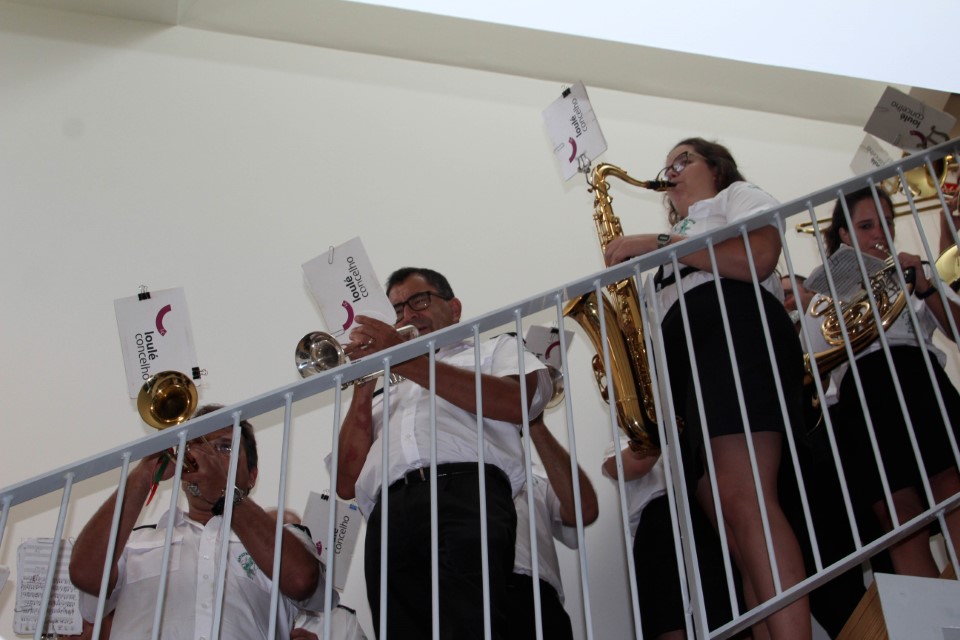
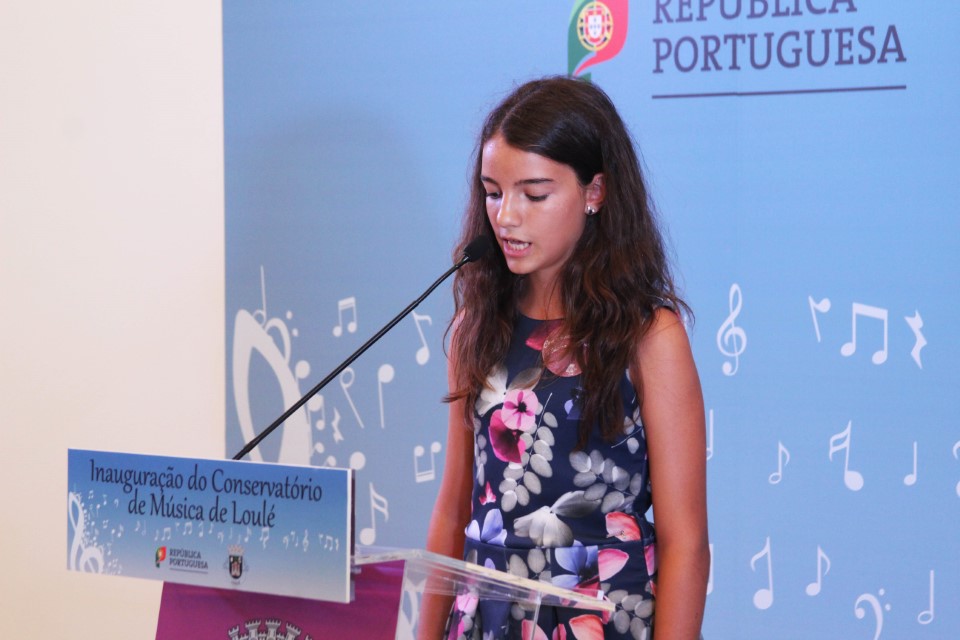
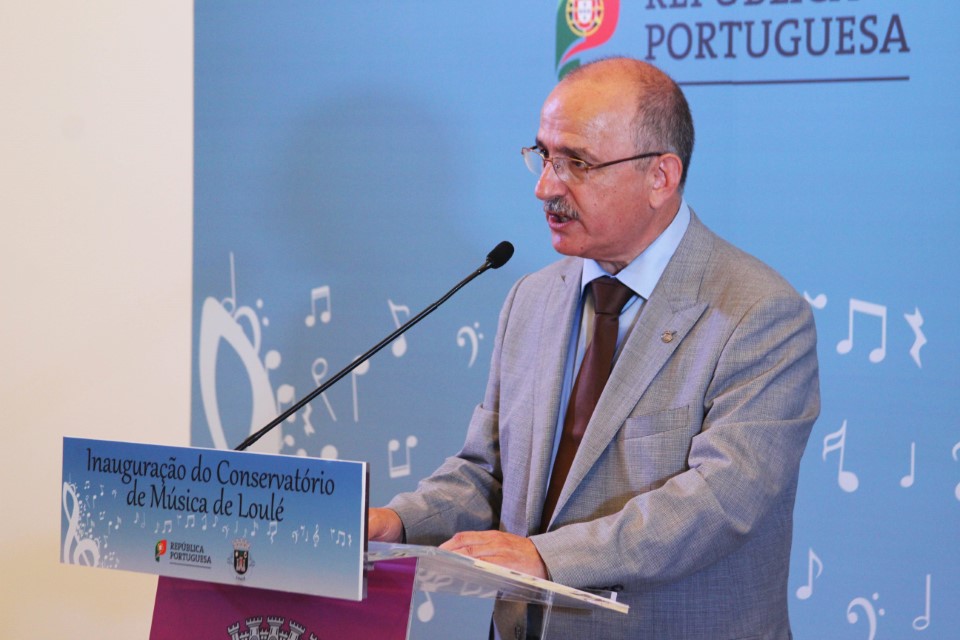
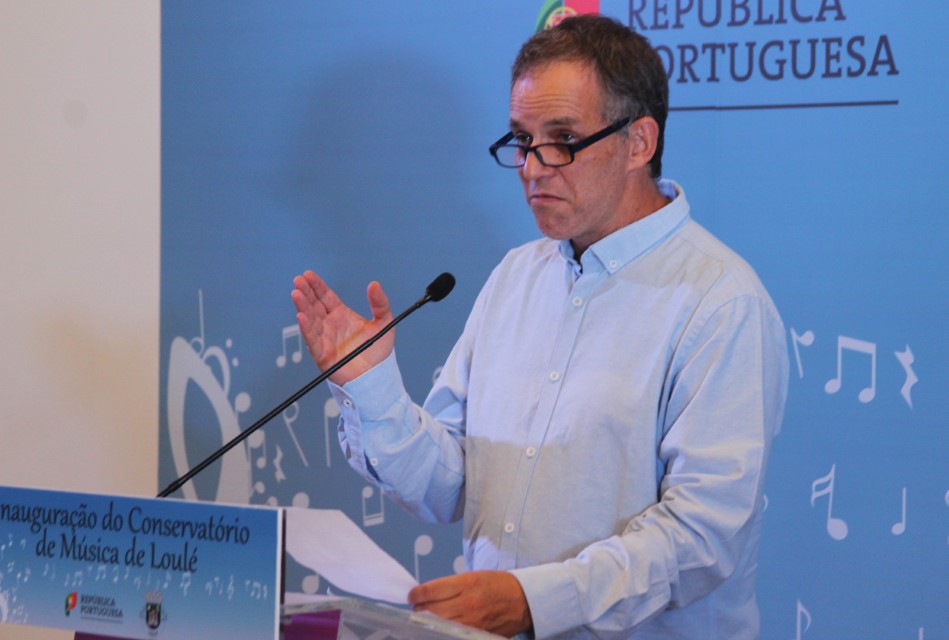
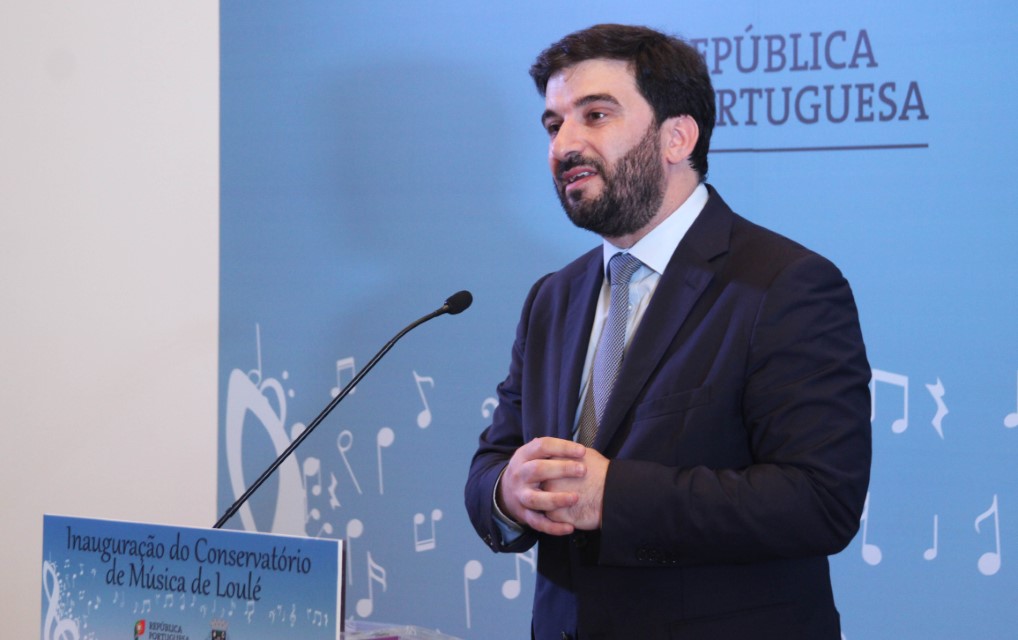
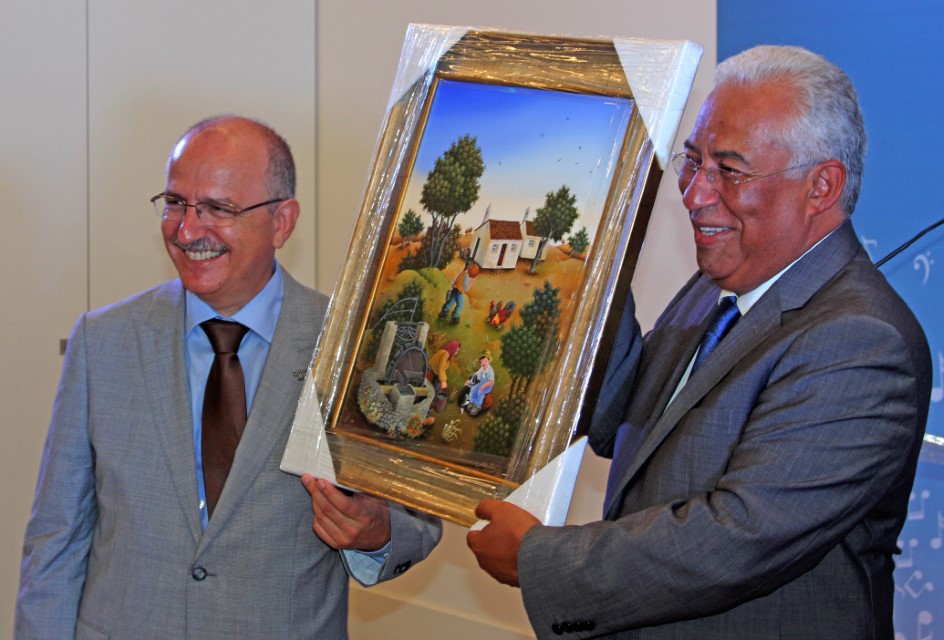

















Comments